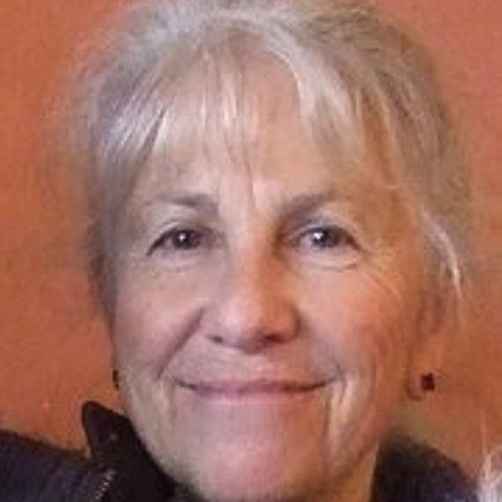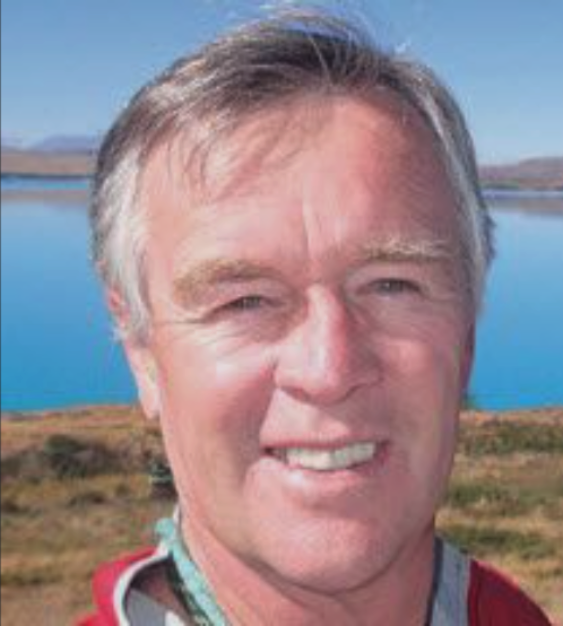Somatic Walking With a Focus on the Practitioner
Skills to Help Clients and Students in Classes
Susan Koenig & Bill Keele 4-23-2015
Walking is a full body activity and an expression of our well being. If walking is comfortable and you are using efficient walking movements, you are going to enjoy the sense of vitality that comes from easeful, graceful walking. Learning to walk is both a developmental step and a learned activity. Even a seemingly “small” imbalance such as one hip a little higher than the other, or a head constantly projected forward, becomes amplified when repeated many, many times and can cause an accumulation of discomfort and/or pain and eventually compromise some combination of muscles, joints, fascia, tendons, ligaments, blood flow, and nerve function.
This workshop is geared toward the practitioner and/or student of a movement-oriented discipline who wants to advance personally, as well as help clients and students understand and achieve optimal patterns of dynamic walking. Even though this workshop contains terminology and clinical techniques of Hanna Somatic Education, practitioners of other disciplines are welcome and encouraged to attend.
A standing and walking assessment begins and ends this 6-hour workshop. After the initial assessment, we’ll learn and practice a movement pattern that encompasses the lumbar spine, pelvis and hips, including the multifidus, gluteals, and hamstrings. This versatile movement pattern creates more balance between vertebral joint segments encouraging all the back-line extensor muscles to participate — that is “turn-on and turn-off” — appropriately. This versatile movement pattern can be done as a somatic movement or can be pandiculated with assistance from a partner.
Our emphasis regarding the role of knees in the walking pattern revolves around an extensive assessment of the knee joint and its muscles in sitting, standing, walking, and with the client lying in supine and prone positions. We’ll assess the knee visually, palpating it, and moving it passively to gain insight into how we might then work with it clinically. Even though we include some clinical moves, the emphasis is on assessment.
In our “foot-ankle” portion of the workshop, we’ll revisit Cat #6, Inversion-Eversion and explore its role in our understanding of the function of rotation. What is the movement of inversion? What is the movement of eversion? How does the initiation of inversion or eversion engage the pelvic-somatic center to organize and coordinate the soma to turn, to rotate?
Expect surprises and challenges. Enjoy the result of more easeful, pain-free and competent walking. Feel more confidence helping others with their walking issues. Note: Bring or wear shorts or loose pants you can roll up above the knees. Bring a mat/towel or Somatics table, if possible.
Susan Koenig trained with Thomas Hanna in 1990 and received her Certification in Hanna Somatic Education in 1992. She is a licensed trainer of Hanna Somatic Education through the Novato Institute, has a private practice in Berkeley, teaches a semi-regular weekly HSE class in Emeryville, CA, and also presents HSE workshops around the US, Canada, Mexico, and Taiwan. She has a YouTube channel and a SoundCloud channel.
Bill Keele studied therapeutic movement in the tradition of Viniyoga in 1999, and gained his certification as a Viniyoga teacher. In 1999, Cynthia Lindway, an early Somatics graduate, introduced Bill to Hanna Somatics. Bill completed the Hanna Somatics Training Program graduating in 2003 in Wave 6. Bill taught Biomechanics and Postural Analysis, studied Ortho-Bionomy and Muscle Energy Technique, and gained certification in Mat Pilates. In 2006, he attended Makawao School of Therapeutic Massage and was licensed in the State of Hawaii. In 2010, Bill completed a six-month study in the field of Structural Applied Kinesiology taught by another past Hanna Somatics graduate, Lorne Fedderson.

